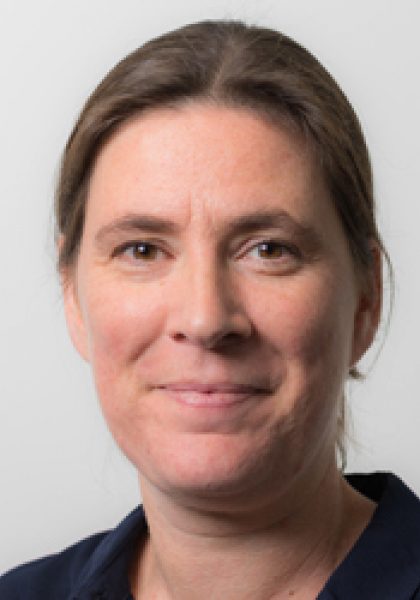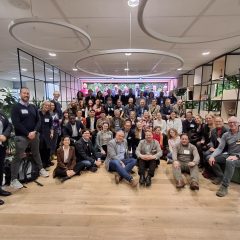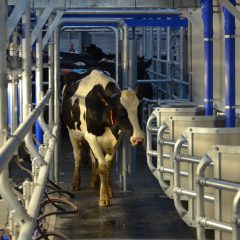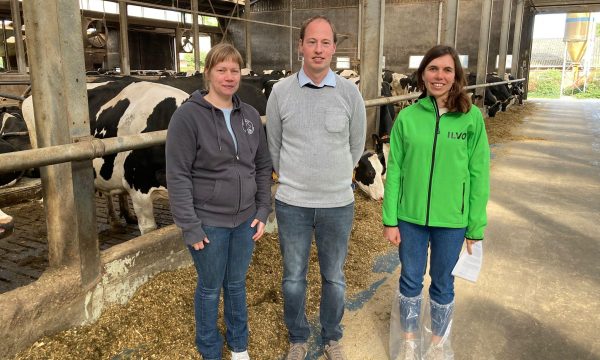Dossier Precision livestock farming
- Animal Welfare
- Energy use
- Water use
- Heating
- Climate control
- Farm management
- Chain
- Mechanization
- Digitization
- Precision animal production
- Sensor
- Data
- Internet of Things
Precision livestock farming is the use of technology such as sensors and algorithms to monitor each animal in the best possible way. In many cases, this technology is used for monitoring and improving the welfare, health, productivity, or fertility of the livestock.

What does ILVO do?
-
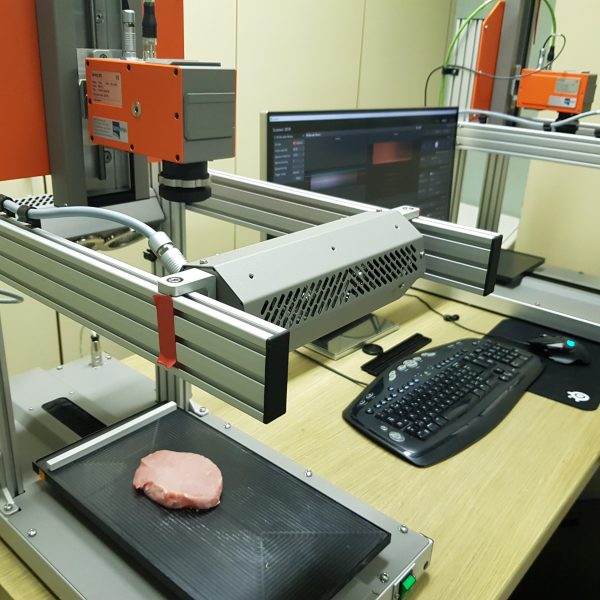 ILVO has all of the needed technology and know-how to to develop sensors and systems
ILVO has all of the needed technology and know-how to to develop sensors and systems -
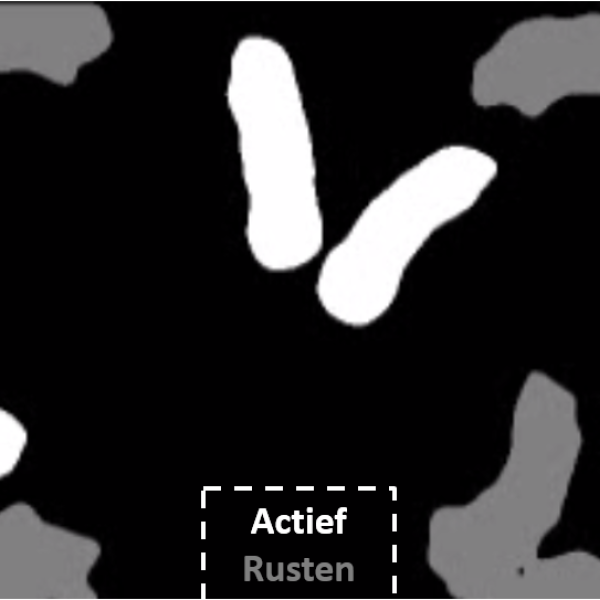 Sensor data is interpreted using statistical analysis, time series analysis, statististical process controls, and artificial intelligence.
Sensor data is interpreted using statistical analysis, time series analysis, statististical process controls, and artificial intelligence. -
 ILVO builds dashboards to make the data from sensors actually usable for the livestock farmer
ILVO builds dashboards to make the data from sensors actually usable for the livestock farmer -
 Intelligent combinations of sensor data from various sources provides more useful insights.
Intelligent combinations of sensor data from various sources provides more useful insights.
What is precision livestock farming? What does it do?
Precision husbandry or precision livestock farming is a way to help farmers keep and manage their animals. A farmer cannot be with their livestock 24 hours a day, 7 days a week and constantly monitor them all, which is where a sensor or monitoring system comes in. This way, more data can be collected, and faster or better detection can be made of whether there is a problem with an animal or its environment (disease, welfare, etc.) or whether a certain action has to be taken in the barns (insemination, treatment, etc.).
Smart algorithms and useful dashboards are an integral part of a precision livestock farming system. The data collected may also be used for other purposes, such as traceability or consumer information.
Why precision livestock farming?
Livestock farmers in Flanders are now managers of increasingly larger operations. The number of animals per farm is increasing in order to continue producing efficiently and economically. On the one hand, the demand for meat is increasing worldwide, while the pressure of livestock farming on the climate and environment is also increasing. Furthermore, the methods used to house animals, animal welfare issues, and the high use of antibiotics are coming under fire. Precision livestock farming is one of the ways to increase the sustainability (social, economic, and ecological) of livestock breeding. After all, these tools are designed to help livestock farmers run their farms profitably, while simultaneously ensuring animal welfare and health and reducing the use of raw materials, such as feed, with the same or better results.
Adoption of precision livestock farming
Naturally, not every livestock farmer in Flanders has a precision livestock farming system yet. There is a high degree of automation within poultry and pig farms, especially in terms of ventilation control and feeding. This is also increasing on dairy farms, and includes things like milking robots and manure robots. But sensors are also used, such as pedometers for draft detection.
However, the possibilities with precision livestock farming are much greater than just these aspects. At the moment, it is often difficult to demonstrate the added value of such a tool or to get the cost-benefit right. After all, a tool must be able to do everything to be good: measure accurately, predict or detect quasi-perfectly, be convenient to use, and provide the right information at the right time. It can take years to get all of that perfected.
Nevertheless, Europe and Flanders have several promising techniques or even fully developed products. Where the digital revolution is omnipresent in our daily lives, it’s certainly finding its way steadily into livestock farming.
The role of ILVO
ILVO wants to stimulate technological innovation and make solutions accessible to all players in the agri-food sector through research projects, innovation projects, the Smart Digital Farming business network, and the Living Lab 'Agrifood Technology'. Livestock farmers, suppliers, consultants, and food processing companies, as well as technology producers are welcome to work out and optimize their ideas together with other stakeholders (co-creation) through the exchange of knowledge and projects.
Monitoring of individual animals
In the precision livestock farming group at ILVO, we regularly work on monitoring individual animals, for dairy and beef cattle, as well as for pigs and even poultry sporadically. Problems can be detected and solved faster using an individual approach and monitoring. The farmer can focus their management on the animals that need it most. To achieve this, we have experience with technology such as electronic identification (RFID) or the Internet of Things (IoT).
Monitoring animal behavior
We work on monitoring farm animal behavior in order to detect (un)desired behavior (such as pen fouling) or to relate behavioral abnormalities to information for the farmer (disease, welfare problems, productivity, fertility). We do this using sensors (such as RFID) or image processing (2D or 3D).
Detection of lameness and claw lesions
Detection of lameness and claw lesions is important and we have many years of experience in this field with both dairy cattle and sows. We have developed a pressure-sensitive mat for dairy cattle that measures each cow’s gait pattern and can detect if she is lame. A tool for claw lesion classification is currently being developed using thermal cameras and artificial intelligence. For sows, we have developed a system that measures the weight distribution and thus detects whether a sow is lame on a particular leg.
Measuring meat quality or other technology for slaughterhouses
We’re working on traceability of parts of the pig carcass in the abattoir using a computer vision system. Furthermore, we’re simultaneously using hyperspectral technologies with cameras or spectrometers to estimate multiple quality parameters of the meat, with the ultimate goal of an on-line (above the conveyor belt) or at-line (based on samples) system for continuous quality control. We have experience with the use and calibration of these systems, as well as advanced models for data analysis.
Contact an expert
